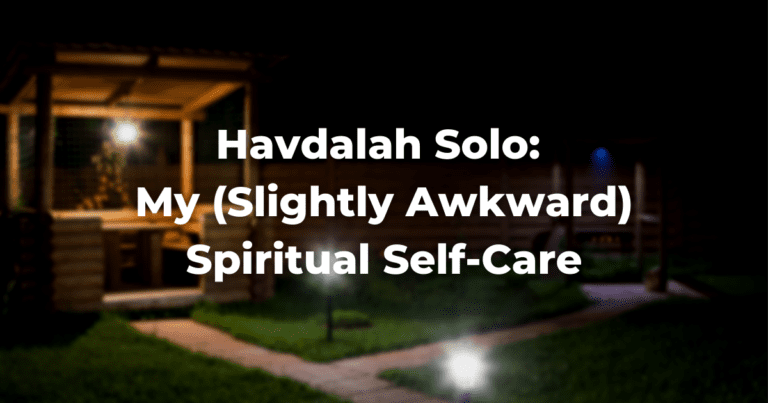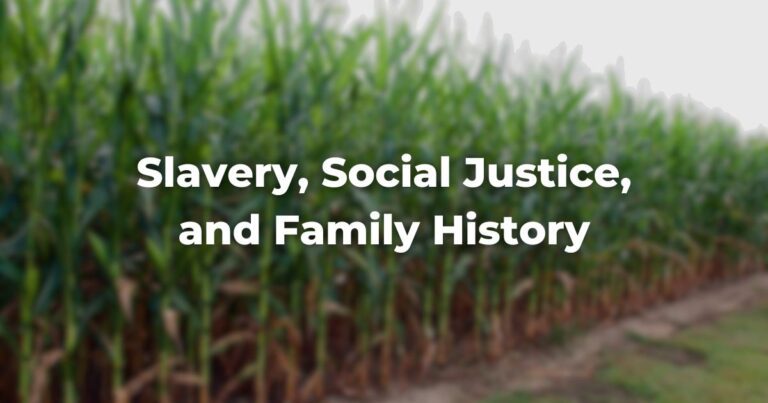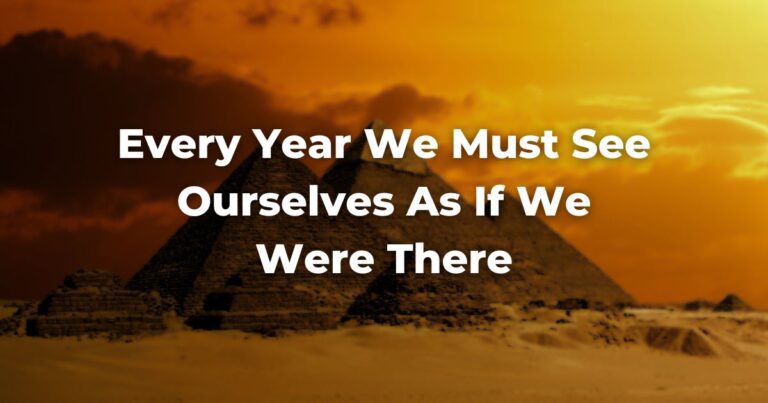A series of Sabbaths with special Torah readings precedes Purim and Passover.
Shabbat Shekalim
In ancient times, all Jews were expected to help finance the operating and maintenance budgets for the Holy Temple in Jerusalem by paying an annual assessment of one-half shekel. (This tax was only levied on men over the age of twenty.)
This assessment had to be paid by the beginning of the month of Nisan, and a reminder to pay was instituted in the form of Shabbat Shekalim (or sh’kalim), which the sages of ancient times ordained to be observed every year on the Shabbat immediately preceding the beginning of Adar (the month that includes Purim) which is the month before Nisan (which includes Passover).
However, if Adar’s first day falls on Shabbat, that day is Shabbat Shekalim, not the preceding Shabbat.
Today, the single aspect of formal observance has to do with the reading of a special maftir, Exodus 30:11–16, and a special haftarah, 2 Kings 12:1–17, which deals with the repair of the Temple in the days of King Jehoash.
Since it is possible that Shabbat Shekalim might coincide with Rosh Ḥodesh Adar, Shabbat Shekalim has the potential to be one of the rare times that three TorahRefers to the first five books of the Hebrew Bible, the Tanakh, also called the Five Books of Moses, Pentateuch or the Hebrew equivalent, Humash. This is also called the Written Torah. The term may also refer to teachings that expound on Jewish tradition. Read more scrolls are taken from the Ark: one for the regular weekly portion, one for the Rosh Ḥodesh reading, and one for the special maftir reading associated with Shabbat Shekalim.
If Rosh Ḥodesh and Shabbat Shekalim coincide, the haftarah for Shabbat Shekalim takes precedence over the regular haftarah for Rosh Ḥodesh.
Shabbat Zakhor
The Shabbat that precedes Purim is called Shabbat Zakhor (or zachor), literally the Shabbat of Remembrance, which name derives from the first word of the special maftir portion that is read on that Shabbat, Deuteronomy 25:17–19.
This maftir retells the story of the battle the ancient Israelites fought against Amalek when they left Egypt and were traveling toward Mount Sinai.
Since Haman, the villain of the Purim story, was imagined by tradition to be a descendant of the Amalekites, this was deemed an appropriate way to inaugurate the Purim festivities.
And there is also a special haftarah for Shabbat Zakhor, one recounting the story of the war between Israel and Amalek in the days of King Saul as told in 1 Samuel 15.
Shabbat Parah
The third of the special Sabbaths that lead up to Passover is called Shabbat Parah (“the Sabbath of the Heifer”). A special, unusually long maftir portion (Numbers 19:1–22) is read from a second Torah concerning the ritual of the red heifer.
In ancient times, a Jew who had become ritually contaminated through direct or even indirect contact with a corpse could not participate in the Passover offering.
The procedure to return to a state of ritual purity involved being sprinkled with water mixed with the ashes of a red heifer that had been slaughtered and immolated for this specific purpose.
Since this rite obviously did not survive the destruction of the Temple, reading of it today merely serves to recall the ancient practice. The haftarah for this Shabbat, Ezekiel 36:16–38, also focuses on the theme of purification.
Shabbat Ha-ḥodesh
The fourth of the special Sabbaths is Shabbat Ha-ḥodesh (also written as Shabbat HaHodesh or Shabbat HaChodesh), the Sabbath of the New Moon. This Shabbat celebrates the arrival of the month of Nisan, the first month of the Jewish year and the month of Passover.
Shabbat Ha-ḥodesh is either the Shabbat immediately preceding Rosh Ḥodesh Nisan or, if the first day of Nisan falls on Shabbat, it is Rosh Ḥodesh Nisan. A special maftir, Exodus 12:1–20, is chanted from a second Torah scroll.
When Shabbat Ha-ḥodesh coincides with Rosh Ḥodesh Nisan, three scrolls are used: one for the weekly Torah portion, one for the Rosh Ḥodesh reading, and one for the maftir reading for Shabbat Ha-Ḥodesh. The special haftarah, Ezekiel 45:16–46:18, presents the prophet’s vision for Passover observance in the rebuilt Temple.
When Shabbat Ha-ḥodesh coincides with Rosh Ḥodesh Nisan, some have the tradition of appending verses from the standard haftarah for Rosh Ḥodesh to the reading from Ezekiel.
Shabbat Ha-gadol
The Shabbat before Passover is called Shabbat Ha-gadol (also spelled Shabbat HaGadol), the Great Sabbath.
Although technically not one of the “special Shabbatot,” it is considered that way by most regular synagogue attendees.
Shabbat Ha-gadol has no special maftir reading, but there is a special haftarah, Malachi 3:4–24.
The name itself is slightly obscure; some take it to mean “the Sabbath of the Great Sage” and suppose its name to be a reference to the ancient rabbinic custom of delivering a major sermon on this Shabbat.
Others suppose it to derive from the use of the word ha-gadol in the day’s haftarah (at Malachi 3:23) to qualify the great day on which Elijah will come to herald the arrival of the messiah. In either event, Shabbat Ha-gadol is the harbinger of the most complicated of all Jewish festivals to observe correctly.
Adapted with permission from The Observant Life.
Authors
-

-

The Observant Life: The Wisdom of Conservative Judaism for Contemporary Jews distills a century of thoughtful inquiry into the most profound of all Jewish questions: how to suffuse life with timeless values, how to remain loyal to the covenant that binds the Jewish people and the God of Israel, and how to embrace the law while retaining an abiding sense of fidelity to one’s own moral path in life. Written in a multiplicity of voices inspired by a common vision, the authors of The Observant Life explain what it means in the ultimate sense to live a Jewish life, and to live it honestly, morally, and purposefully. The work is a comprehensive guide to life in the 21st Century. Chapters on Jewish rituals including prayer, holiday, life cycle events and Jewish ethics such as citizenship, slander, taxes, wills, the courts, the work place and so much more.
View all posts






